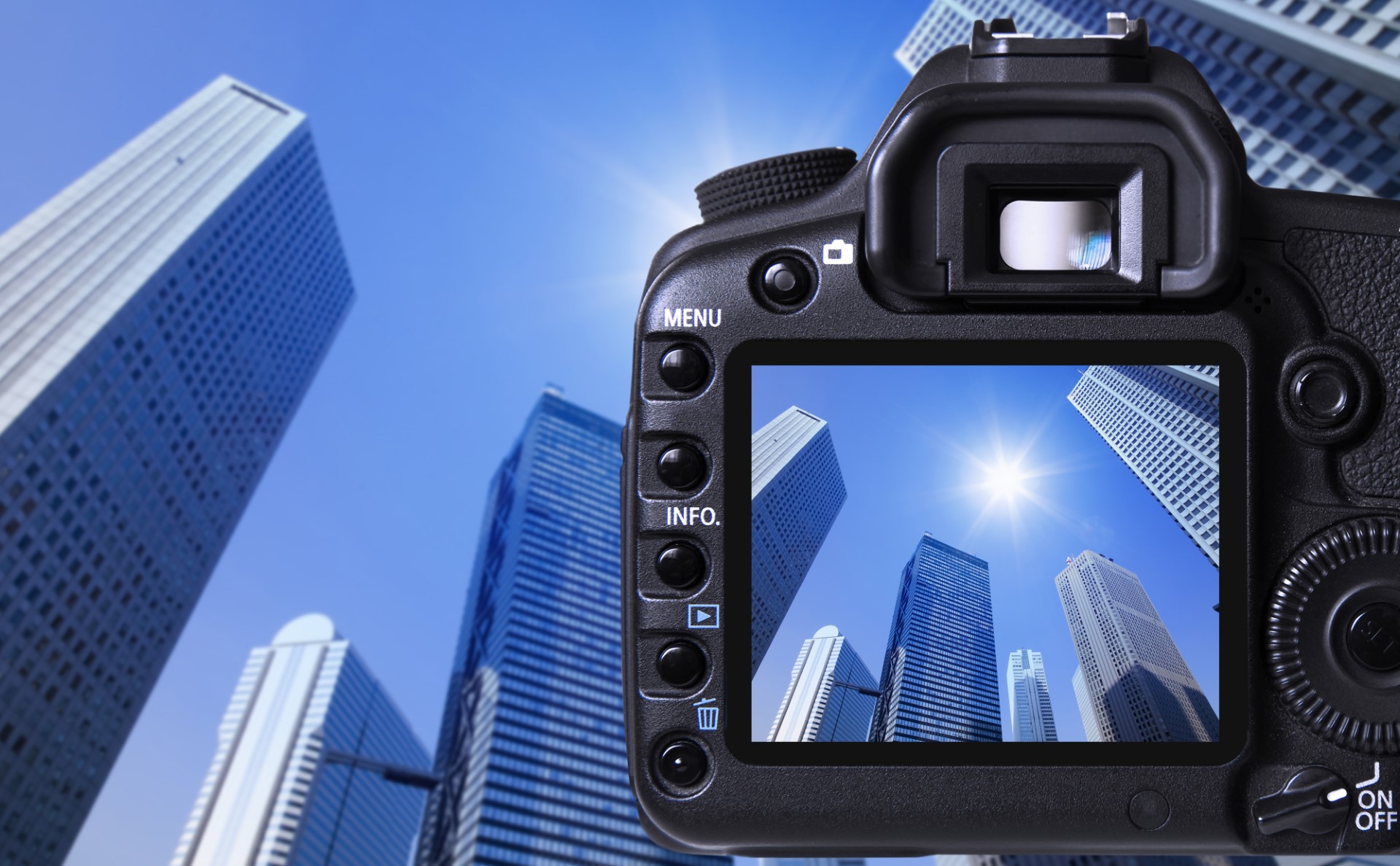Introduction
In the world of real estate, first impressions are everything. And with the majority of homebuyers starting their search online, it’s more important than ever to have high-quality photos that showcase your property in the best possible light. That’s why knowing the best practices for editing and post-processing real estate photos is essential for any real estate agent or photographer. By following these techniques, you can take your real estate photos to the next level and make your properties stand out in a crowded market.
Why Is Editing and Post-processing Important?
Before we dive into the best practices for editing and post-processing real estate photos, it’s important to understand why it’s so important. When you take a photo, you’re capturing a moment in time. However, that moment might not always be representative of what you want to convey. For example, a photo might be too dark, have distracting elements, or not accurately reflect the true colors of the room. By editing and post-processing your photos, you can correct these issues and create a more visually appealing and accurate representation of the property.
Best Practices for Editing and Post-processing Real Estate Photos
Now that we’ve covered why editing and post-processing is important, let’s take a look at some of the best practices for enhancing your real estate photos.
1. Use a Professional Editing Software
While it’s possible to make some basic edits using the built-in editing tools on your camera or phone, to truly enhance your real estate photos, you’ll need to use professional editing software. Programs like Adobe Photoshop and Lightroom offer a wide range of tools and features specifically designed for photo editing and post-processing. This allows you to make more advanced edits and corrections that can’t be achieved with basic tools.
2. Correct the Perspective and Distortion
One of the most common issues with real estate photos is perspective and distortion. When taking photos, it’s easy for lines to appear slanted or distorted, which can make the room look uneven or smaller than it actually is. To correct this issue, you can use the perspective correction tool in your editing software. This tool allows you to straighten the lines in the photo and make the room appear more symmetrical.
3. Adjust the Exposure and Color Balance
Another common issue with real estate photos is exposure and color balance. A photo might be too dark or too bright, or the colors might not accurately represent the room. To correct these issues, you can use the exposure and color balance tools in your editing software. By adjusting these settings, you can make the photo brighter or darker, and correct the colors so they accurately reflect the room.
4. Remove Distractions and Clutter
When taking real estate photos, it’s important to remember that the focus should be on the property, not on any distracting elements or clutter in the room. To achieve this, you can use the spot healing tool or clone stamp tool in your editing software to remove any distracting elements from the photo. This could include things like power cords, furniture, or personal items that might not be relevant to the property.
5. Straighten and Crop the Photo
Another simple yet effective technique for enhancing real estate photos is straightening and cropping the photo. Straightening the photo can help to improve the overall composition, while cropping can help to remove any unnecessary elements from the frame. This can help to draw the viewer’s eye to the most important parts of the photo and create a more visually appealing image.
6. Use HDR and Bracketing Techniques
HDR (High Dynamic Range) and bracketing techniques can be incredibly useful for capturing the full range of light in a room. This is especially important when shooting in spaces with large windows or bright lights, as it can be difficult to capture both the interior and exterior of the room in a single photo. By using HDR or bracketing techniques, you can capture multiple exposures and merge them together in post-processing to create a more balanced and visually appealing image.
7. Sharpen and Enhance Details
Finally, to really make your real estate photos stand out, you can sharpen and enhance the details in the photo. This can help to bring out the texture and depth of the room, and make the photo look more crisp and professional. You can use tools like the sharpening tool or the clarity tool in your editing software to achieve this effect.
FAQs
- Can I edit my real estate photos on my phone?
While it is possible to make some basic edits using the editing tools on your phone, to truly enhance your real estate photos, you’ll need to use professional editing software. Programs like Adobe Photoshop and Lightroom offer a wide range of tools and features specifically designed for photo editing and post-processing.
2. What should I do if the room is too dark?
If the room is too dark, you can adjust the exposure settings in your editing software to make the photo brighter. However, it’s important to be careful not to overexpose the photo, as this can result in loss of detail and a washed-out look.
3. How can I remove distracting elements from the photo?
To remove distracting elements from the photo, you can use the spot healing tool or clone stamp tool in your editing software. These tools allow you to remove unwanted elements from the photo by cloning and blending in surrounding areas.
Conclusion
In today’s digital age, high-quality real estate photos are more important than ever. By following these best practices for editing and post-processing real estate photos, you can enhance your images and make your properties stand out in a crowded market. Remember to use professional editing software, take your time to adjust the exposure, color balance, and white balance, remove distractions and clutter, straighten and crop the photo, use HDR and bracketing techniques, and sharpen and enhance details. With these techniques, you can create visually stunning images that will attract potential buyers and help you sell your properties faster.
To summarize, here are the key takeaways from this article:
- Use professional editing software like Adobe Photoshop and Lightroom
- Adjust exposure, color balance, and white balance to improve the overall look of the photo
- Remove distractions and clutter to keep the focus on the property
- Straighten and crop the photo to create a more balanced composition
- Use HDR and bracketing techniques to capture the full range of light in a room
- Sharpen and enhance details to create a more crisp and professional look
By following these best practices for editing and post-processing real estate photos, you can ensure that your properties stand out in a crowded market and attract potential buyers. With the right techniques and tools, you can create visually stunning images that will help you sell your properties faster and at a higher price.
For the best result – hire a professional real estate photographer.

BIG PICTURE 360 IS A PHOTOGRAPHY
Learn more about our real estate photography, virtual tours, and drone photography services. Get an instant photography services quote.

